Menu
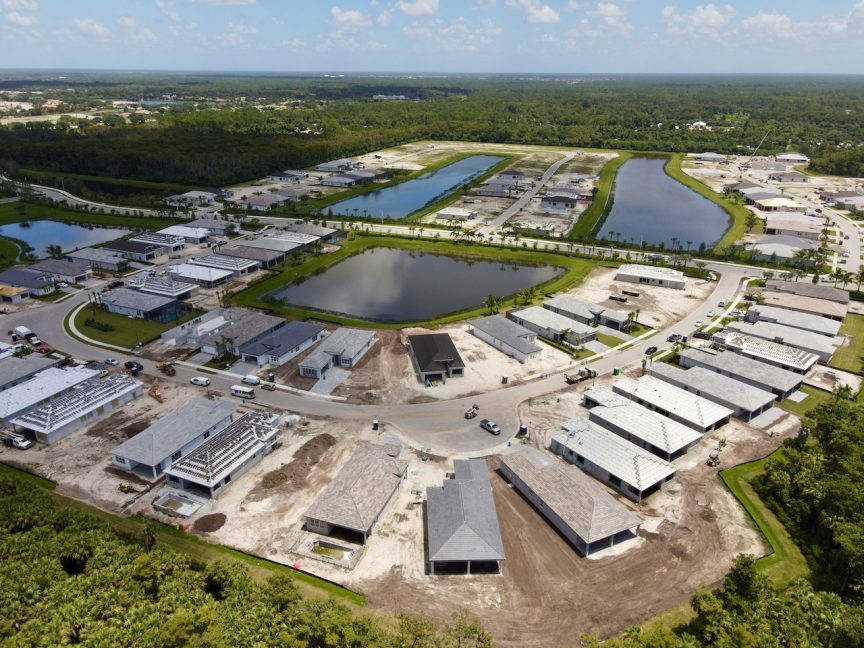
Building Resilience: How Homes in Southwest Florida Withstand Wind, Storms, and Flooding
Southwest Florida, with its stunning coastline, vibrant communities, and lush landscapes, is not only a sought-after destination for tourists but also a place many call home. However, living in paradise comes with its own set of challenges, particularly when it comes to weathering the frequent hurricanes and flooding that characterize the region. In response to these natural threats, builders and engineers have developed innovative techniques and stringent building codes to construct homes that can withstand the fury of nature. This article explores the history of building codes in Southwest Florida, the evolution of home construction practices, and the resilience of these structures in the face of adversity.
History of Building Codes in Southwest Florida:
The history of building codes in Southwest Florida is intertwined with the region’s vulnerability to hurricanes and flooding. Prior to the 20th century, construction methods were often rudimentary, and homes were ill-equipped to withstand the destructive forces of nature. However, as the population of the region grew and the frequency of severe weather events became more apparent, policymakers began to recognize the need for more robust building standards.
The first significant milestone in the development of building codes in Southwest Florida came in the aftermath of the Great Miami Hurricane of 1926. This catastrophic storm, which made landfall as a Category 4 hurricane, caused widespread destruction and claimed hundreds of lives. In its wake, authorities implemented stricter building codes aimed at improving the resilience of structures to high winds and storm surge.
Over the ensuing decades, as hurricanes continued to pose a threat to the region, building codes were periodically revised and updated to reflect advances in engineering and construction technology. In 1992, Hurricane Andrew, a Category 5 storm, devastated parts of South Florida, leading to further enhancements to building codes, particularly in terms of roof construction and wind-resistant materials.
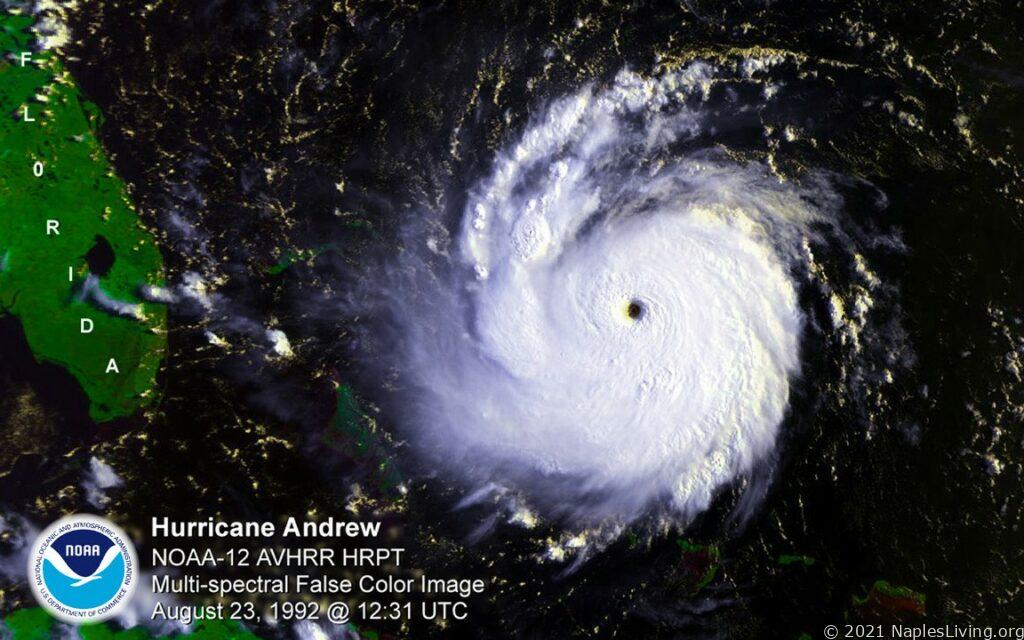
The Role of Building Codes in Resilient Home Construction:
Building codes serve as the foundation for resilient home construction in Southwest Florida. These codes outline specific requirements for structural design, materials, and construction techniques aimed at mitigating the impact of hurricanes, high winds, and flooding. Key elements of building codes in the region include:
- Wind-Resistant Design: Homes in Southwest Florida are designed to withstand the high winds associated with hurricanes. This includes the use of reinforced concrete foundations, impact-resistant windows and doors, and roof trusses engineered to resist uplift forces.
- Elevation Requirements: Given the region’s susceptibility to flooding, building codes mandate minimum elevation requirements for homes located in flood-prone areas. Elevated foundations help mitigate the risk of flood damage and ensure the habitability of homes during and after a storm.
- Roof Reinforcement: Roofing systems are subjected to rigorous testing and must meet stringent performance standards to resist wind uplift and prevent water intrusion. This often involves the use of hurricane straps or clips to secure the roof structure to the walls of the home.
- Impact-Resistant Materials: Exterior cladding, such as siding and roofing materials, must be capable of withstanding impacts from windborne debris without sustaining significant damage. Materials such as reinforced concrete, metal roofing, and fiber-cement siding are commonly used for their durability.
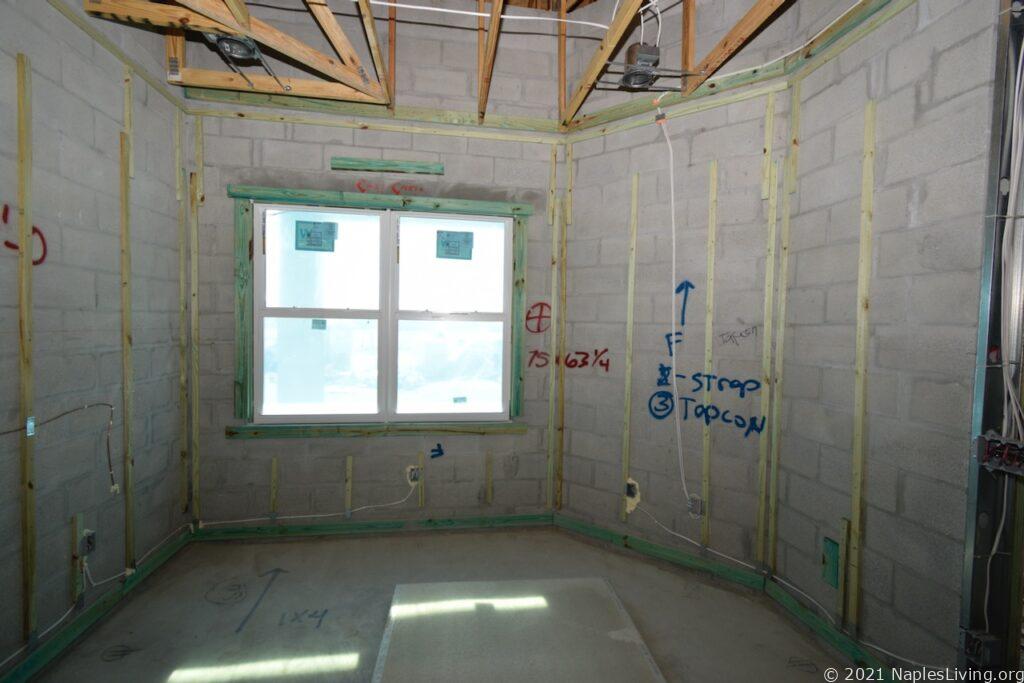
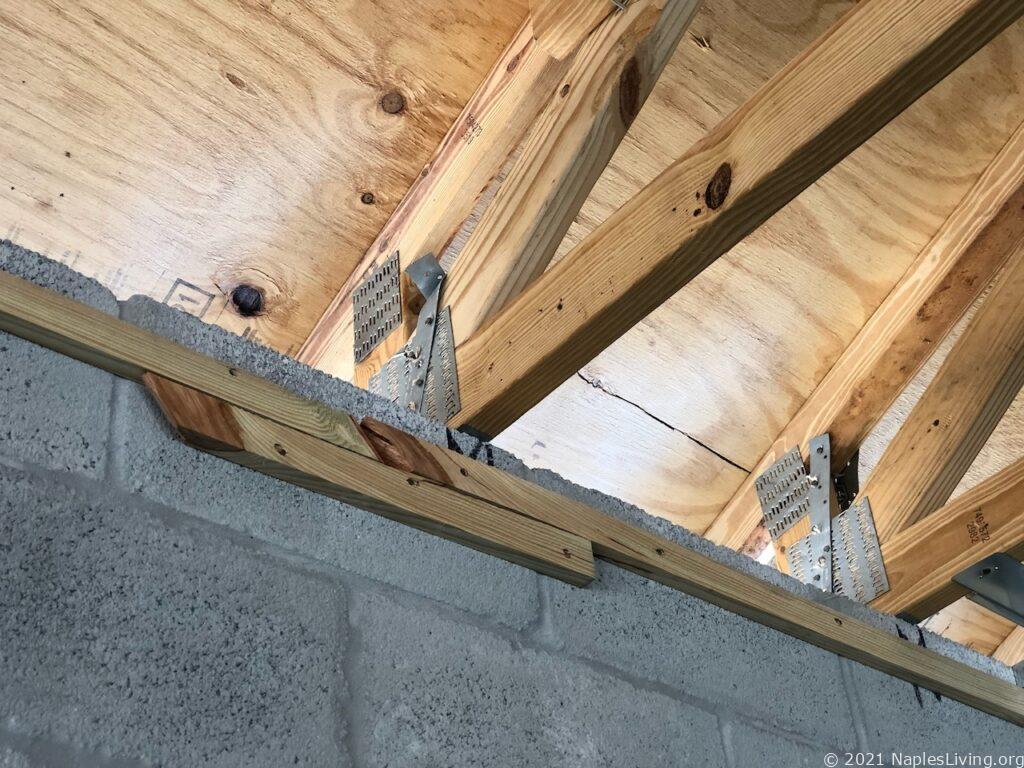
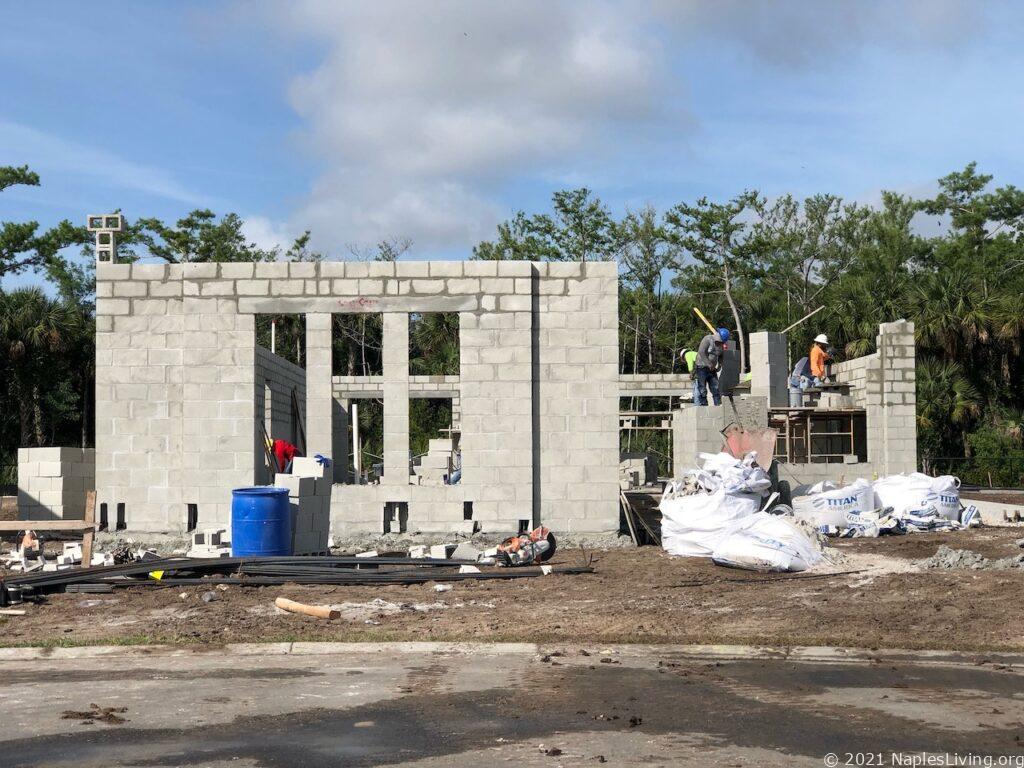
The Evolution of Home Construction Practices:
Advances in construction technology and materials have played a significant role in enhancing the resilience of homes in Southwest Florida. In recent years, builders have increasingly turned to innovative techniques and materials to improve the performance of structures in the face of extreme weather events. Some notable advancements include:
- Insulated Concrete Forms (ICFs): ICFs are hollow foam blocks or panels that are stacked to form the walls of a home, which are then filled with concrete. This construction method provides superior insulation and structural strength compared to traditional wood framing, making it well-suited for hurricane-prone regions.
- Impact-Resistant Windows and Doors: Modern windows and doors are equipped with laminated glass or impact-resistant glazing that can withstand the impact of windborne debris. Additionally, reinforced frames and multiple locking points enhance security and structural integrity.
- Sustainable Design Practices: In addition to improving resilience to extreme weather, builders in Southwest Florida are increasingly incorporating sustainable design practices into home construction. Features such as energy-efficient insulation, solar panels, and rainwater harvesting systems not only reduce the environmental footprint of homes but also enhance their resilience and affordability.
Case Studies: Hurricanes and Flooding in Southwest Florida:
Despite the region’s proactive approach to building resilience, Southwest Florida has not been immune to the destructive power of hurricanes and flooding. Several notable events in recent history have underscored the importance of robust building codes and resilient home construction practices:
- Hurricane Charley (2004): One of the most powerful hurricanes to strike Southwest Florida in recent memory, Hurricane Charley made landfall near Punta Gorda as a Category 4 storm. The hurricane caused widespread damage to homes and infrastructure, highlighting the need for stronger building codes and improved construction practices.
- Hurricane Ian (2022): Hurricane Ian made landfall in Southwest Florida in September 2022 as a powerful Category 3 storm, bringing destructive winds, torrential rainfall, and widespread flooding to the region. Despite being downgraded from its peak intensity as a Category 5 hurricane, Ian caused extensive damage to homes and infrastructure along the coastline. The impact of Hurricane Ian underscored the importance of resilient home construction practices and adherence to stringent building codes in Southwest Florida. Homes built to withstand high winds and flooding fared significantly better during the storm, highlighting the effectiveness of measures such as reinforced concrete foundations, impact-resistant windows and doors, and elevated structures.In areas where building codes were not strictly enforced or where older homes were not retrofitted to meet modern standards, the damage caused by Hurricane Ian was more severe. Homes with inadequate roof reinforcement or insufficient elevation were particularly vulnerable to wind damage and flooding, resulting in costly repairs and displacement for affected residents.The aftermath of Hurricane Ian served as a sobering reminder of the ever-present threat posed by hurricanes and the importance of continuous improvement in building resilience. While Southwest Florida has made significant strides in enhancing the structural integrity of homes and infrastructure, ongoing vigilance and adaptation will be crucial as the region faces future challenges posed by climate change and extreme weather events.
- Flooding Events: In addition to hurricanes, Southwest Florida is prone to flooding, particularly in low-lying areas and coastal communities. Heavy rainfall, storm surge, and tidal fluctuations can all contribute to flooding, posing significant challenges for homeowners and local authorities alike.

Conclusion:
The resilience of homes in Southwest Florida to wind, storms, and flooding is a testament to the region’s commitment to building codes and innovative construction practices. Through decades of experience and lessons learned from past disasters, builders and engineers have developed homes that are better equipped to withstand the forces of nature. However, as climate change continues to exacerbate the frequency and intensity of extreme weather events, ongoing investment in resilient infrastructure and adaptation strategies will be essential to ensure the long-term sustainability and safety of communities in Southwest Florida.
